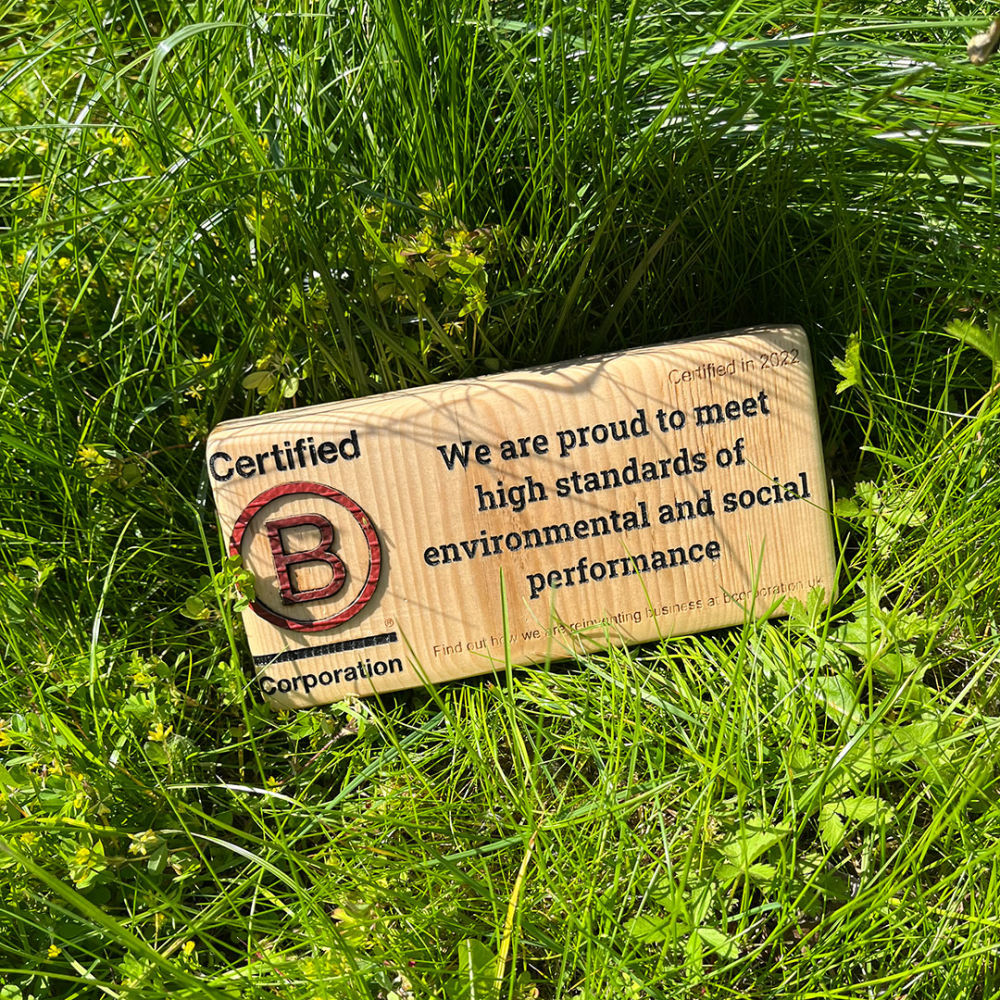What is RFID and how does it work?
What is RFID and how does it work?


Business & Insights
Hotels
At Oxwash, we're passionate about providing innovative laundry solutions that go beyond just cleaning linens and textiles.
For particular industries, such as healthcare and hospitality, laundry management can play a critical part in both energy and cost efficiency. In our 2023 Sustainability Report, we found that the NHS loses 80% of its linen annually and, on average, a 150-room hotel spends almost £15,000 a year on replacing linen.
It’s clear, therefore, that there is a need for accurate inventory control. That's why we have invested in developing our proprietary Radio-Frequency Identification (RFID) software – a game-changer for efficient laundry management.
But what exactly is RFID, and how can it benefit your business? Let's dive in!
Imagine tiny tags embedded in your bedsheets, towels, and uniforms. These aren't your average laundry labels; they're smart tags containing microchips that communicate with special readers. This is the essence of RFID technology – a system that uses radio waves to identify and track objects wirelessly.
In the world of laundry, these tags become silent heroes. Here's how it works:
Smart tags:
We attach RFID tags to each item we process by discreetly heat-sealing or sewing them onto the fabric, causing minimal disruption to comfort or aesthetics.
These tags store a unique identifier, allowing them to be tracked individually.
Eagle-eyed readers:
Strategically-placed RFID readers act as data collectors. As your linens or uniforms pass through the laundry process, the readers pick up the signal from the tags, identifying each item in real time.
The read range of RFID tags depends on the specific type of tag and reader used. In a laundry setting, however, typical read ranges fall between 1 to 3 metres. This allows for efficient tracking of items as they move through various stages of the laundry process.
This seamless communication between tags and readers translates into a wealth of benefits for your business. Here's a closer look:
1. Real-time inventory visibility: no more manual counts or agonising over missing sheets! RFID provides instant insights into your linen and uniform stock levels. You'll always know exactly what's in stock, where it is, and when it needs cleaning, ensuring you have the supplies you need to operate smoothly.
2. Say goodbye to lost linens: rogue laundry is a thing of the past. With RFID, you can pinpoint the exact location of any tagged item, eliminating time-consuming searches and minimising shrinkage (the industry term for lost or missing linens).
3. Streamline operations and save costs: RFID eliminates the need for manual counts and reduces the time spent searching for misplaced items. This translates into significant cost savings for your business. Additionally, by preventing unnecessary replacements, you'll minimise overall linen and uniform expenses.
4. Enhanced customer satisfaction: imagine a hotel guest walking into a room with fresh towels and crisp sheets, every single time. RFID helps ensure a consistent and positive guest experience by guaranteeing you have the necessary linens readily available.
5. Optimise laundry cycles: RFID data empowers you to analyse usage patterns and optimise laundry schedules. You can identify items that are used more frequently and schedule cleaning accordingly, ensuring efficient use of resources and reduced energy consumption.
In today's environmentally conscious world, sustainable practices are crucial. RFID helps your business reduce its environmental footprint by minimising unnecessary linen replacements. With accurate inventory control, you'll order only what's truly needed, leading to less waste and a smaller carbon footprint.
These smart tags are designed to withstand the rigours of commercial laundering. Typically made from durable materials, they can endure repeated washing and drying cycles.
However, the same can’t always be said of certain textiles. In most cases, the lifespan of the tags will exceed that of the linens or uniforms they are attached to. To combat this, our teams are working to leverage the data from our RFID software so that we can effectively analyse real-time data on usage frequency, wear and tear rates, and loss incidents. Combining manufacturer specifications with valuable insights into textile lifespan provides a comprehensive understanding of how long certain linens can last effectively.
At Oxwash, we believe in fostering a smarter, more efficient laundry experience for our partners. By incorporating cutting-edge RFID technology, we offer a comprehensive laundry solution that goes beyond just cleaning. We empower you to gain real-time control over your linen and uniform inventory, optimise operations, and contribute towards a more sustainable future.
Ready to embrace transparency?


Related Articles





